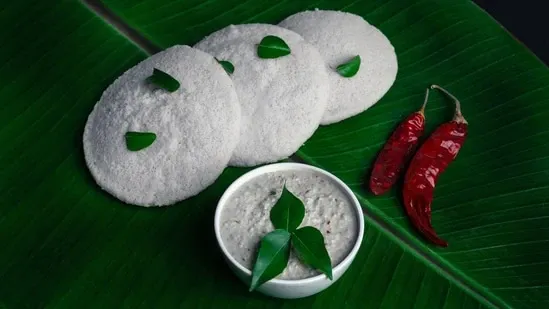

The Cinematic Phenomenon of Sholay
Upon its release in 1975, Sholay transcended the typical Hindi film experience, becoming a cultural phenomenon. Audiences were captivated by its gripping narrative, memorable dialogues, and unforgettable characters. However, the film's brilliance was also rooted in a rich tapestry of international cinematic influences.
1. The Leone Influence – A Villain's Entrance
Sergio Leone's masterpiece, Once Upon a Time in the West, introduced viewers to one of cinema's most chilling villains. The character, portrayed by Henry Fonda, enters with a deceptive calm before unleashing violence on an unsuspecting family. Similarly, in Sholay, director Ramesh Sippy crafted Gabbar Singh's entrance with a build-up of tension, leading to a shocking act of brutality against Thakur Baldev Singh's family, echoing Leone's mastery of suspense.
2. The Essence of Spaghetti Westerns
Sholay is deeply infused with the essence of Spaghetti Westerns. The arid landscapes of Ramanagara mimic the American frontier, where dust clouds swirl as gunslingers prepare for confrontation. Jai and Veeru are not just common thieves; they embody the spirit of Leone's wandering bounty hunters. The film adopts the Western's stylistic elements, including intense standoffs characterized by charged silences that heighten the suspense before the first shot is fired.
3. Outlaws with Charm – Inspiration from Butch Cassidy
The camaraderie between Jai and Veeru reflects the dynamic seen in Butch Cassidy and the Sundance Kid. Their playful banter, mutual trust, and laughter amidst challenges evoke memories of the iconic duo played by Paul Newman and Robert Redford. Additionally, the themes of betrayal and loyalty in Sholay draw from Sam Peckinpah's Pat Garrett and Billy the Kid, while the film's slow-motion gunfight scenes pay homage to The Wild Bunch, blending violence with spectacle.
4. The Heart of the Story – Seven Samurai
At its core, Sholay's narrative aligns with the tradition of Akira Kurosawa's Seven Samurai, where villagers hire warriors to defend against bandits. This universal tale has been retold in various forms, including Hollywood's The Magnificent Seven. In Sholay, the transformation of samurai into gunslingers and the villagers' desperate plea for protection resonate with Kurosawa's themes of human struggle.
5. The Good, the Bad and the Ugly – Tension and Showdowns
Leone's The Good, the Bad and the Ugly refined the art of the gunfight, emphasizing prolonged silences and intense close-ups. Sholay adopts this technique for its shootouts, using silence and glances to convey the weight of impending violence. The complex relationship between Jai and Veeru, marked by greed and loyalty, mirrors the intricate dynamics often found in Westerns.
6. A British Influence – The Train Ambush
Not all influences on Sholay stem from the Wild West. The British film North West Frontier features a gripping train ambush, with horseback attackers and passengers in peril. Sippy's train scene, where Gabbar's men attempt to derail and loot, captures a similar sense of chaos and danger, with heroes striving to safeguard the innocent.
A Global Film with Indian Roots
What sets Sholay apart is its ability to weave together diverse influences into a cohesive narrative. Sippy and his team blended the grit of Westerns, the structure of samurai tales, and the intensity of action films, all while incorporating Indian music, melodrama, and emotional depth. The result is a film that resonates universally yet remains distinctly Indian, appealing to local audiences while acknowledging its global inspirations. Nearly fifty years later, Sholay stands as a testament to the universal language of storytelling, proving that great narratives can emerge from any corner of the world when crafted with care.
-
Heavy rains cause ‘havoc’ in Mumbai, 2 killed in a landslide at midnight

-
AIIMs gastroenterologist shares top 8 breakfasts for healthy gut: South Indian sambhar, idli and coconut chutney to.

-
Dietitian shares top 5 ‘foods cancer survivors should eat on repeat to avoid future risks’ and why: Turmeric to flaxseed

-
What Are the Best Times to Check Blood Sugar Levels?

-
Buying a Jimny? Maruti Suzuki Offers Huge Savings This Month
